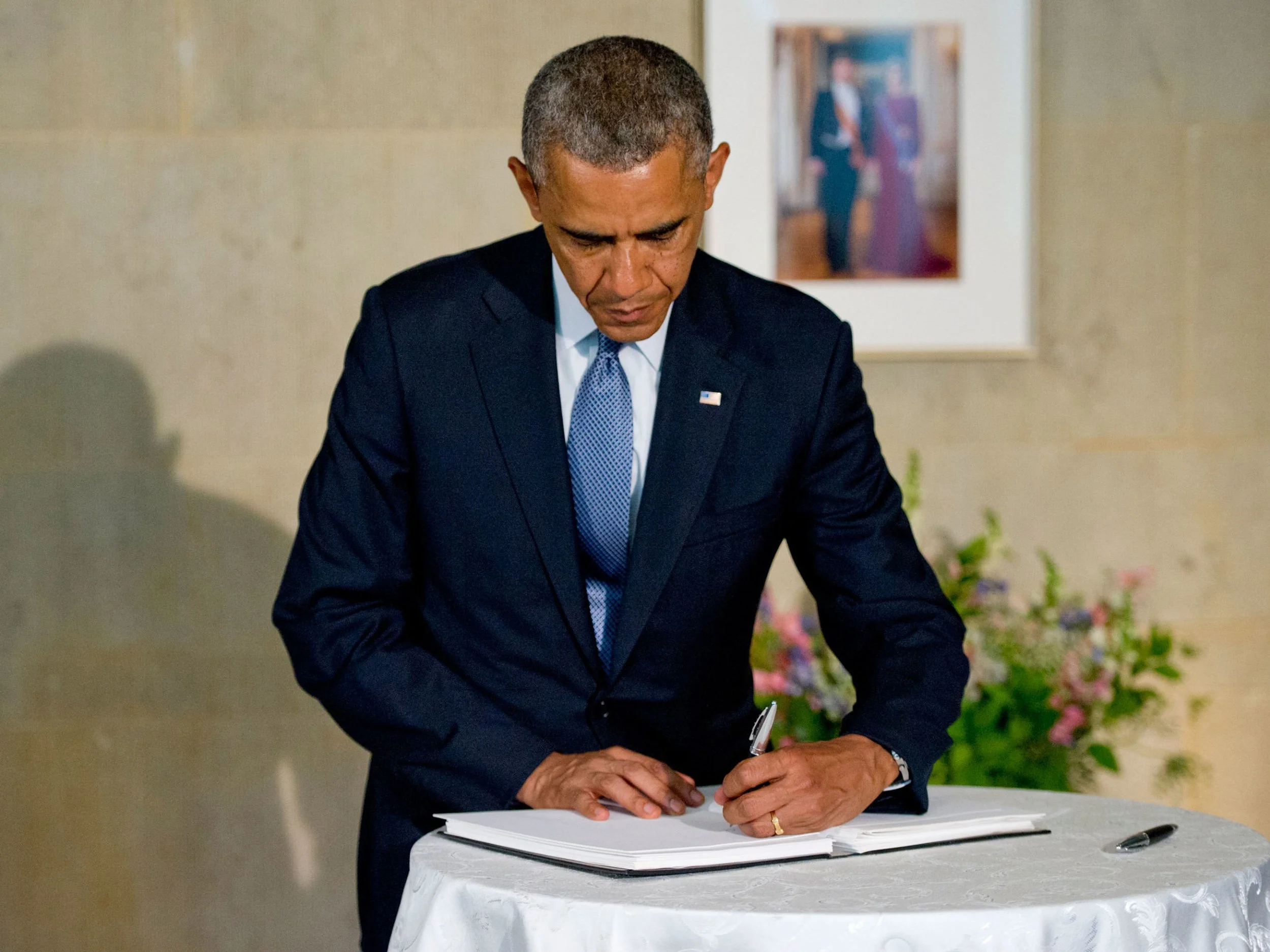The Left-Handed Reality of Medicine
August 13 is International Left-Handers Day, which feels like the right time to talk about what being left-handed is really like in medicine. I have been told it makes me “unique,” which is polite code for: your handwriting is illegible and you smudge everything you write. Fair enough. But it turns out left-handedness really does come with a few quirks, some frustrating and some surprisingly useful.
About 10% of the world is left-handed. That means for most of human history, we have been adapting to a world designed backwards for us: scissors, desks, surgical instruments. (Shoutout to the ambidextrous suturing practice that saved me in med school.)
Science says left-handers often have a different brain organization, with more cross-talk between hemispheres. It has been linked, cautiously, to creativity, divergent thinking, and spatial awareness. Not a magic superpower, but enough to make me wonder if some of the ways I see problems and solve them come from more than just training.
In medicine, there is an unspoken camaraderie when a resident or attending finds out I am left-handed too. It is an instant connection. The reverse is equally entertaining: a flicker of disappointment when they realize I am left-handed and they are not, especially if they had been planning to demonstrate a technique in a way that would feel natural to them.
So yes, I will keep smudging my notes. But I will also keep in mind that sometimes the things that make you adapt, the so-called “inconveniences,” are the same things that make you better.

